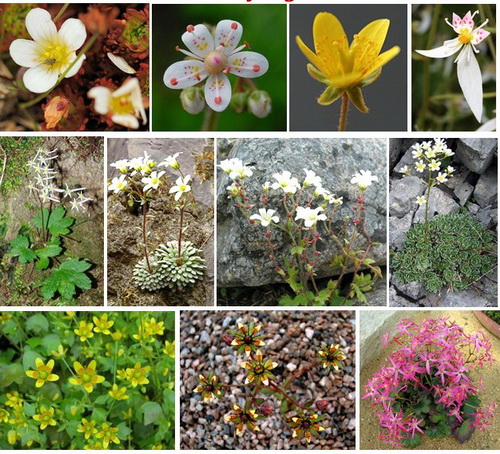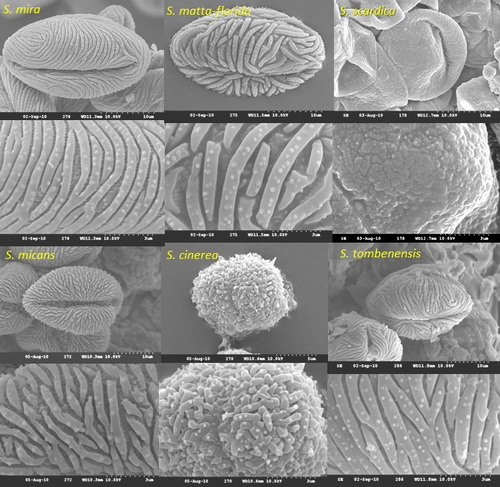Richard J. Gornall paid a visit to the Northwest Institute of Plateau Biology (NWIPB) for the further research collaboration in Saxifraga in Sino-Himalaya, with Prof. CHEN Shilong and his team on July.13, 2012.
Prof. Richard J. Gornall is the director of the Botanic Garden, Biology Dept., University of Leicester since 1999. He is one of the international famous plant taxonomists. He is interested in phylogenetic and evolutionary studies in flowering plants, especially in the Saxifragaceae, and he also studies on population genetics and molecular ecology of aquatic plants. Prof. Richard J. Gornall together with Prof. PAN Jingtang, a famous botanist in China, edited “Flora of China” in 2001. Besides that, Prof. Richard J. Gornall has also taken part in the edition of “Flora of North American”, “Flora Europaea” and so on. Since the 1990s, he has applied molecular systematic to the taxonomy study of Saxifragaceae and has achieved very good results.
Saxifraga is the biggest genus in family Saxifragaceae. It has ca 470 species and 15 sections. The plants are herbs that are vegetatively diverse but often claimed to have a uniform floral morphology. The genus is arctic-montane primarily in the old-world. It has 10 sections in Europe while 6 sections in Sino-Himalaya.
Last year, Prof. Richard J. Gornall and Prof. CHEN Shilong’s group carried on a field research of Saxifraga in Qinghai Province for the first time, and found two new species. This year, to launch the second investigation in Sino-Himalaya, Prof. Richard J. Gornall delivered a report titled “Phylogeny of Saxifraga L.”, introducing the research status of Saxifraga and the questions needed to be answered in the study.
For further collaboration, the talk provided a blueprint of the possible areas in the research of phylogeny of Saxifraga. An updated checklist of Qinghai Saxifraga spp. is the easiest project to complete. New species can be described. Other research interests are testing monophyly of sections & series, origin & distribution of dioecy, mapping distributions in detail: conservation implications, phylogeography of S. sinomontana & its relationship with S. hirculus, and comparative evolution (speciation) in Europe vs Sino-Himalaya.
After adequately preparation for this field research, Prof. Richard J. Gornall and Prof. CHEN Shilong’s group started their journey on July.17.This time they would go to Sichuan and Yunnan Province, taking about 50 days.

fig. Saxifraga by Richard J. Gornall

Fig. Pollen morphology under the scanning electron microscope by Richard J. Gornall
